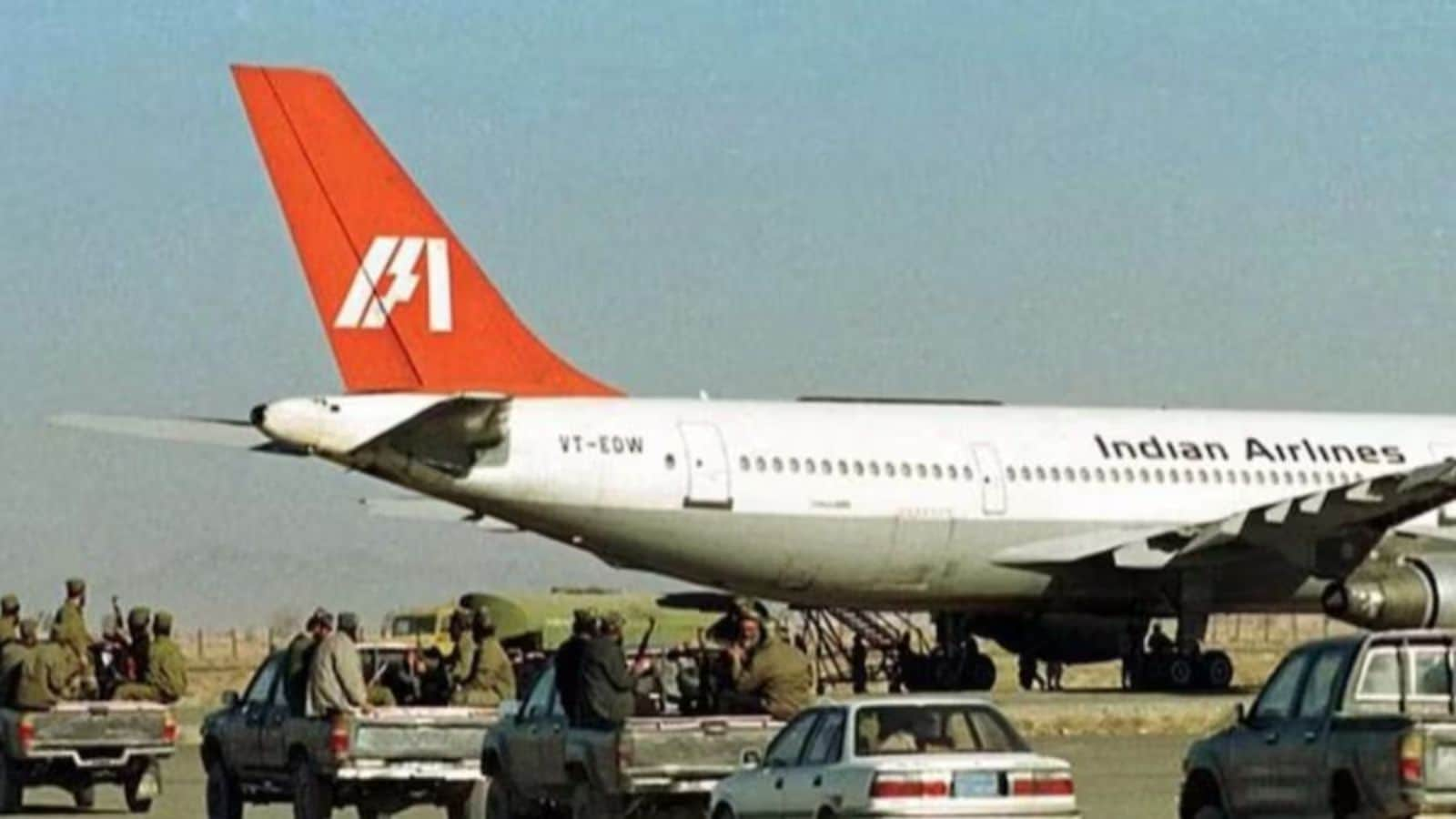The Elusive Nature of Military Victory in Modern Warfare

No war is over until the enemy says its over. We may think it over, but in fact, the enemy gets a vote. This insightful observation from General James Mattis encapsulates the essence of contemporary military conflicts, where the pursuit of decisive and conclusive victories has transformed significantly. History is replete with examples of wars fought with the goal of achieving overwhelming triumph. However, in the current geopolitical landscape, the concept of outright military victories has become increasingly complex and, at times, elusive due to a myriad of factorsincluding strategic, political, economic, and technological influences.
One of the most pivotal factors contributing to the ambiguity of military success today is the pervasive existence of nuclear deterrence and strategic containment policies across the globe. Since the bombings of Hiroshima and Nagasaki in August 1945, nuclear weapons have remained dormant in terms of active deployment, yet their mere existence profoundly shapes military decision-making processes and the thresholds for escalation. For instance, Israel's presumed nuclear capabilities act as a significant deterrent against the potential for full-scale regional warfare, ensuring that conflicts are largely confined to conventional military engagements. Meanwhile, Russias recent insinuations regarding its nuclear arsenal in the ongoing conflict with Ukraine underscore the high stakes involved, as major global powers impose constraints to regulate the escalation of warfare, thereby limiting the capacity of conflicting parties to achieve total military dominance.
The evolution of international humanitarian law, notably the Geneva Conventions and various resolutions enacted by the United Nations, has dramatically redefined the parameters of modern warfare. Edward Luttwak aptly noted that wars are no longer strictly about outright victories; instead, they are influenced by the illusion of collective responsibility, where intervention and effective action often falter. This shift has led to a situation where wars are frequently interrupted by ceasefires that do not culminate in negotiated armistices or lasting peace. As a result, conflicts that might have previously concluded with a definitive victory for one side are now subject to prolonged interruptions, creating environments rife with unresolved tensions and ongoing struggles.
Historically, military triumphs were characterized by the complete annihilation of the enemy, often through brutal tactics such as massacres, mass displacements, and widespread destruction of territories. In stark contrast, modern international humanitarian norms, bolstered by the efforts of various human rights organizations, have rendered such approaches unacceptable in contemporary conflicts. For instance, during the ongoing IsraelHamas conflict, Israel faces intense global scrutiny regarding its military operations in Gaza, while Hamas is equally condemned for its targeting of civilians. These moral constraints imposed by a vigilant global community inhibit either party from employing the overwhelming force and total victory strategies that were more common in historical conflicts, such as the destruction of Carthage by Rome. Consequently, military campaigns today tend to focus on strategic operations rather than the complete eradication of the opposing side.
Furthermore, modern warfare imposes significant financial pressures, making extended conflicts not only politically but also economically unsustainable. The astronomical costs associated with advanced weaponry, missile defense systems, intelligence infrastructures, and medical support for military personnel exert considerable strain on the economies of warring nations. Take, for example, Israels Iron Dome missile defense system: while it effectively intercepts incoming missiles, the operational costs are staggering, with each interception costing tens of thousands of dollars. Such exorbitant expenses often result in strategic stalemates rather than decisive military victories, creating cycles of conflict that are difficult to break.
The advent of digital media and real-time news coverage has fundamentally reshaped the dynamics of warfare. Unlike previous conflicts, where military leaders could execute strategies with a degree of secrecy, contemporary warfare unfolds under the relentless gaze of global public opinion. Graphic images of civilian casualties, destruction of infrastructure, and humanitarian crises evoke strong reactions from the public, shaping diplomatic responses and influencing domestic and international policies. In both the IsraelHamas conflict and the ongoing Russian offensive in Ukraine, the narratives constructed by the media are vital in mobilizing global opinion, leading to increasing demands for ceasefires and negotiations rather than allowing one side to secure an overwhelming military victory.
Moreover, the rise of cyber warfare and disinformation campaigns has introduced a new layer of complexity to modern conflicts. Both state and non-state actors utilize digital platforms to influence public perception and strategic outcomes, adding another dimension to engagement on the battlefield. As such, the challenges of achieving definitive military victories have intensified, especially with the rise of asymmetric warfare tactics. In this context, state actors frequently find themselves combating non-state groups that operate within civilian populations, complicating traditional military doctrines that were primarily designed for state-on-state confrontations. For example, Hamas employs intricate tunnel networks, utilizes human shields, and deploys improvised rocket systems to mitigate Israels technological advantages, creating a scenario where conventional forces struggle to achieve clear-cut victories amid complex operational environments.
In conclusion, as warfare continues to evolve, military strategists and policymakers must navigate a labyrinth of multifaceted challenges, recognizing that in todays geopolitical landscape, absolute victories are often beyond reach.





























